Maia Kobabe (e/eir/em) is author of the award-winning and bestselling memoir Gender Queer, the most banned book in America for the last two years. E and eir work has been featured in Time, NPR, the Washington Post, the Los Angeles Times, and many other outlets. Kobabe also contributed illustration to Joy McCullough’s novel We Are the Ashes, We Are the Fire.
Dr. Sarah Peitzmeier Ph.D., MSPH (she/her) is a social epidemiologist and assistant professor in the Department of Health Behavior and Biological Sciences at the University of Michigan. Her work focuses on gender-based violence and sexual health, particularly in marginalized populations such as LGBTQ communities.
First of all, welcome to Geeks OUT! Could you tell us a little about yourself?
Maia: I am a full time author/illustrator from the Bay Area, CA! I’m trans, queer, nonbinary, and use the pronouns e/em/eir. I wrote Gender Queer: A Memoir, which has been the most challenged book in the United States for the past two years.
Sarah: I’m an assistant professor at the University of Michigan School of Nursing and the School of Public Health – and now a writer as well! I mostly research gender-based violence prevention and LGBTQ+ health promotion, especially where those two topics overlap.
What can you tell us about your book, BREATHE: Journeys to Healthy Binding? What was the inspiration for this project?
Sarah: I heard a fellow researcher talking about how turning their research into a comic book really democratized her research and made it accessible and useful to the communities she had partnered with to conduct the research in the first place, and I was immediately lit up with the desire to make a comic book about our chest binding research. I had recently read, and loved, Gender Queer, and I knew Maia was my dream collaborator, so I reached out to em and the rest is history!
Maia: When Sarah reached out to me about this project in early 2020, I was immediately interested. I used binders before I had top surgery, and know many other friends who bind regularly. We all shared tips and personal experiences with each other, but none of us had a guidebook or main resource on how to bind safely and gently on our bodies. I could immediately see the need for a book like this!
What was the collaboration process like for this project?
Maia: The first thing Sarah sent me was a thirty-plus page word document, full of quotes from research participants. Sarah and others on the project had already tried to group the quotes into batches by similarity of experience; essentially forming characters out of the anonymized quotes. I was intimidated by the sheer quantity of data, but as soon as I sat down to read it, I could already see four storylines beginning to emerge. We went back and forth through many rounds of edits to cut the text down further and further, to clarify the stories, and turn the quotes into a script. Then I worked on designing our four lead characters, thumbnailed out a first draft of the story, and then went through even more rounds of edits, before finally moving on to the final art.
Sarah: It’s been such a joy to collaborate across our different disciplines and experiences to create something even more wonderful than what either of us could have dreamed up apart. We’ve supported and challenged each other to make this book as good as it can be, and I’m so excited for you to have it in your hands soon.
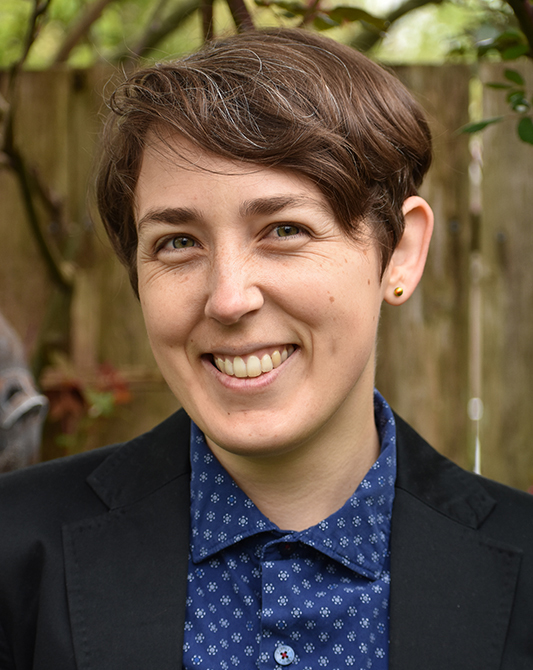
As creatives, what drew you to the art of storytelling, specifically comics?
Sarah: As a researcher, I was growing increasingly frustrated with how we academics often disseminate our research only into paywalled academic journal articles. A lot of people contacted me asking for access to my articles, from trans teens who wanted to share with their parents, to pediatricians asking for advice about their patients, to a high school marching band teacher who had questions about his students who bound overheating in their uniforms. Once I heard about the idea of disseminating research through comics, I knew this was the perfect medium to get the information we were discovering into the hands of people who could actually use it. I think the interplay of words and pictures can unlock a different kind of understanding for readers.
Maia: I’ve always loved to both write and draw, and struggled to choose between them until I realized I didn’t have to, and I could pursue both. I’ve always been a comics reader, but I started to get more serious about making comics in grad school during my time in the Comics MFA program at California for the Arts. There’s a really magical synergy that happens when words and images are paired together. Together, they can convey a really dense amount of information with extraordinary clarity.
Growing up, were there any stories/books in which you felt touched by/ or reflected in? Are there any like that now?
Sarah: I was a voracious reader growing up, mostly fantasy. At the time the biggest names were mostly white authors and a lot of men, though I credit many of the women authors I read to helping me consolidate a feminist ethic as a teenager. About 10 years ago I resolved to read mostly women of color and queer authors and to be more intentional about seeking those authors out. It’s been an amazing shift and so affirming.
Maia: I have a similar story to Sarah! I devoured fantasy and manga as a teen, yet rarely actually saw myself reflected in any of the books I was consuming. I only started to see nonbinary characters in books around the time I was in grad school, 2013-2015ish. Many of the first nonbinary characters I encountered were in comics, often by indie and self-published authors. I’m glad these stories are starting to make their way into the mainstream.
As creators, who or what would you say are some of your greatest creative influences and/or sources of inspiration in general?
Maia: I’m inspired by everyone telling stories from new perspectives, especially those from minority identities which haven’t been well depicted in the mainstream before.
Sarah: The first half of this book follows four characters whose words and story arcs are stitched together from research interviews we conducted with people who bind, so this work was directly inspired by community in this literal and beautiful way. I’m grateful to the hundreds of people who have participated in our studies on binding and inspired and made this work possible.
What are some of your favorite elements of the creative process? What do you consider some of the most frustrating and/or difficult?
Sarah: Honestly this project has been pretty much all joy for me! I’ve loved the creative back-and-forth with Maia, riffing off each other’s ideas and watching the work grow between us. The most difficult part is that I’m a recovering perfectionist and I have to resist the urge to endlessly revise. Thankfully, I can always trust Maia and our editor to tell me when to put the pen down. I’m both incredibly excited and kind of terrified to have this book out in the world soon and hear what people think about it!
Maia: I like all the parts of making comics, but some are more labor intensive than others. Thumbnailing takes a ton of brain power, and I’m really slow at it. But once I get to inking and can work while listening to a podcast or an audiobook, it’s smooth sailing!
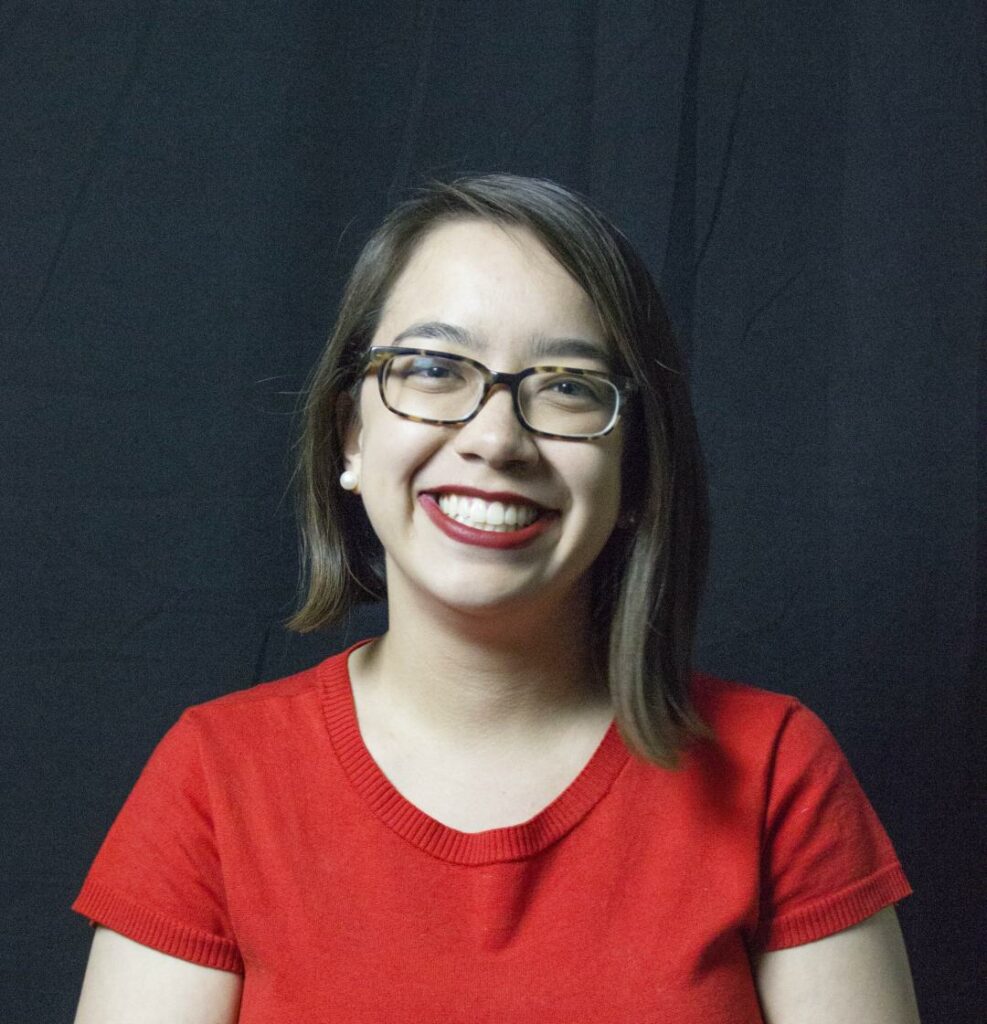
What’s a question you haven’t been asked yet but that you wish you were asked (as well as the answer to that question)?
Sarah: I want to acknowledge that we didn’t create this work in a vacuum. As the book grew between 2020 and 2024, we saw an absolutely exponential increase in anti-trans legislation attacking basic freedoms for trans people, especially laws that prohibit trans and nonbinary people from legally and medically affirming their gender. Creating this offering on healthy binding as one tool to affirm gender while promoting mental and physical well being felt increasingly urgent to both of us as we continued working on the book.
One theme we weave throughout the book is how societal transphobia actually makes binding more dangerous in a number of ways. Cisgender folks like myself have a shared responsibility to advocate for a world in which everyone can safely affirm their gender. I hope cis readers of our book come away with a clear call to action.
What advice might you have to give for aspiring creative?
Maia: My advice to aspiring creatives is always just: go for it. Write the poem, the song, the memoir, the webcomic, the novel. The only way to get better at anything is with practice and time spent creating is never wasted. There’s never a better time to start than now. If you are intimidated by the blank page, fold it into a zine so the surfaces are smaller and don’t be afraid to make a messy first draft.
Sarah: If I had asked other people for advice about whether I should write a comic book before achieving tenure and promotion, I’m pretty sure they all would have said to focus on writing research papers – so I’m glad I didn’t ask! If you have a desire planted in your heart that lights you up, listen to that voice and create the thing you are dreaming of.
Are there any other projects you are working on and at liberty to speak about?
Maia: I am currently deep into work on my third book, Saachi’s Stories, co-written with Lucky Srikumar. It’s a middle grade comic about a kid wrestling with questions of gender and identity in junior high, as well as friendship drama and dreams of being a published writer. In many ways, it’s Gender Queer but for younger readers.
Finally, what LGBTQ+ books/comics/authors would you recommend to the readers of Geeks OUT?
Sarah: I recently read A Scatter of Light by Malinda Lo and absolutely adored it. Other recent favorites include The Radiant Emperor duology by Shelley Parker Chan and The Singing Hills Cycle by Nghi Vo. Finally, in another part of my life, I’m a doula, and I recently read and was delighted by Pregnant Butch: Nine Long Months Spent in Drag by AK Summers, a graphic novel memoir.
Maia: For comics, I recommend Ay, Mija! My Bilingual Summer in Mexico by Christine Suggs, The Chromatic Fantasy by H.A., Grease Bats by Archie Bongiovanni, Super Late Bloomer: My Early Days of Transition by Julie Kaye, Across a Field of Starlight by Blue Delliquanti, and On a Sunbeam by Tillie Walden. For novels, I recommend A Memory Called Empire by Arkady Martine, Out of Salem by Hal Schrieve, Ancillary Justice by Ann Leckie, Dead Collections by Isaac Fellman and To Be Taught If Fortunate by Becky Chambers. I also second all of Sarah’s recs, most of which I have also read!

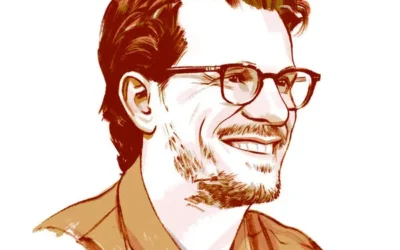
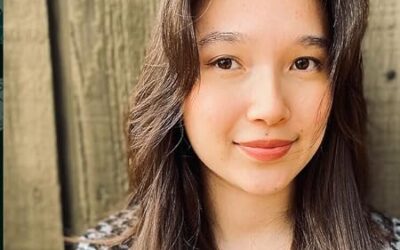
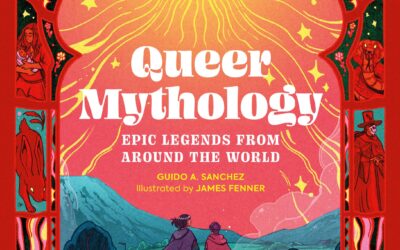
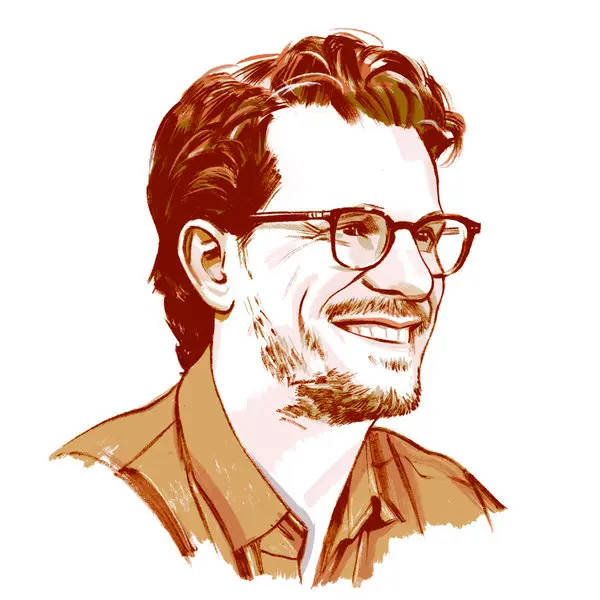
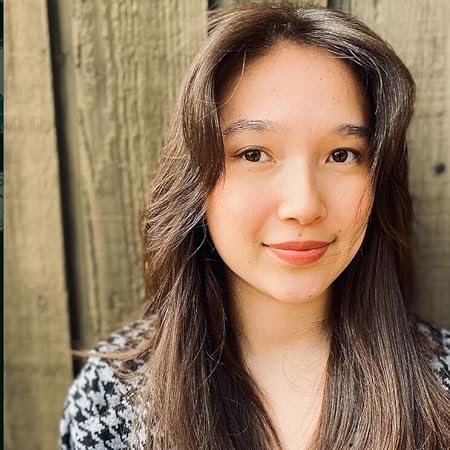
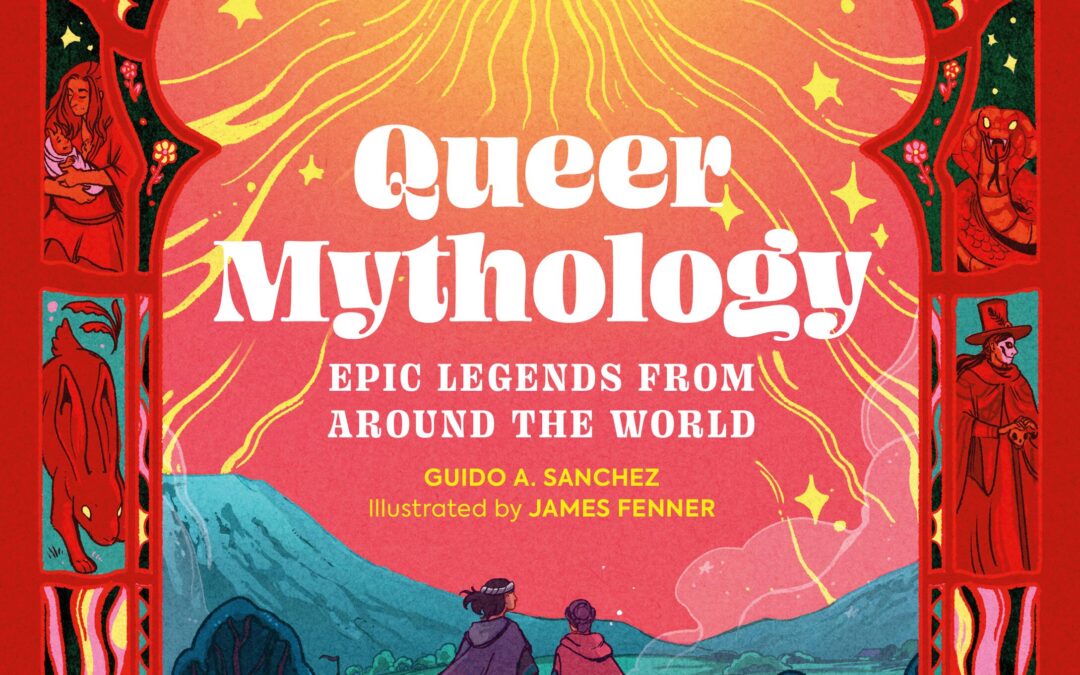
0 Comments